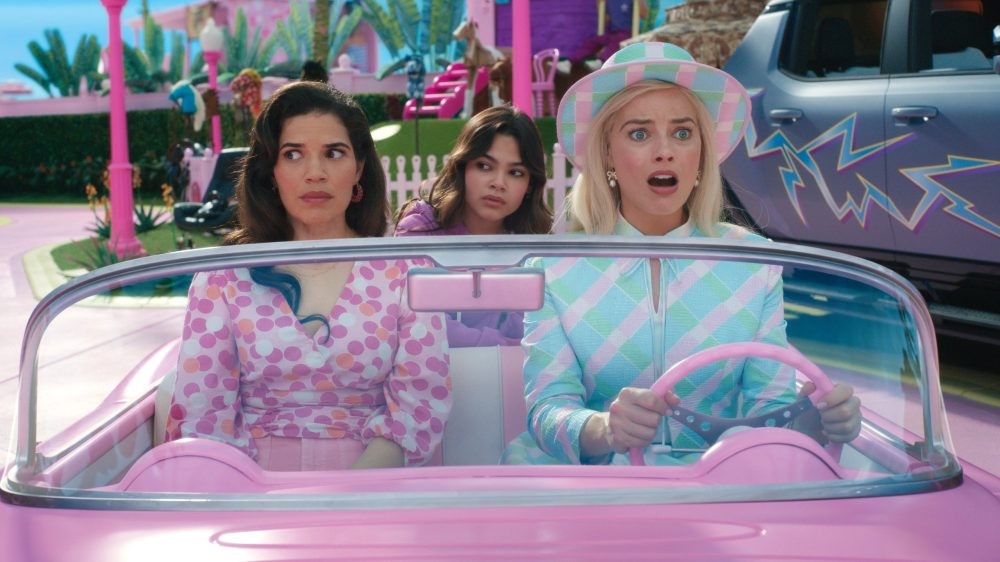
A groundbreaking shift occurred in Hollywood during 2024, as female protagonists reached unprecedented levels of representation in top-grossing films, according to a new report from the Center for the Study of Women in Television and Film at San Diego State University.
The study revealed that 42% of the top 100 domestic grossing films featured female protagonists, matching the percentage of male-led films for the first time in recent history. This marks a substantial increase from 2023, when female protagonists appeared in only 28% of top films.
Box office hits like "Depraved," "The Substance," "A Quiet Place: Day One," and "Moana 2" not only achieved commercial success but also provided substantial roles for women. "The year 2024 offered one of the richest slates of films featuring female protagonists in recent memory," noted Martha Lauzen, the center's founder and study author.
However, age representation remains a persistent challenge. The research found that only 26% of female characters were 40 and older, compared to 55% of male characters. Female representation dropped sharply from 35% in their 30s to 16% in their 40s, while male representation actually increased with age.
The study also highlighted continuing disparities in speaking roles, with men dominating 72% of films. Only 21% of movies featured more female than male speaking characters. Employment portrayal showed similar gaps - 62% of male characters had identifiable occupations, compared to just 38% of female characters.
Leadership roles also showed gender imbalance, with men occupying 63% of leadership positions compared to 37% for women. The research emphasized the impact of creative leadership: films with at least one woman director or writer featured 81% female protagonists, while those with exclusively male creative teams included only 33% female protagonists.
Racial diversity among leading female characters showed mixed results. White actresses represented 67.3% of leading roles, followed by Black actresses at 17.4%, Asian or Asian American at 6.4%, and Latina actresses at 4.3%.
This milestone in female representation suggests a shifting landscape in Hollywood, though challenges in age diversity, speaking roles, and behind-the-scenes representation persist.